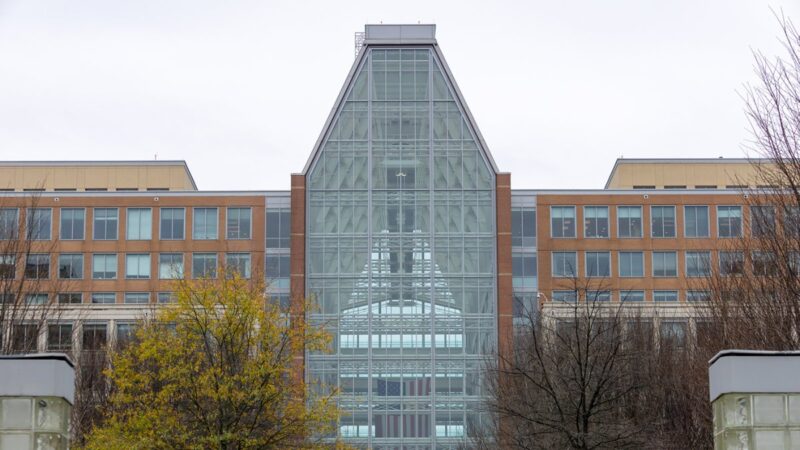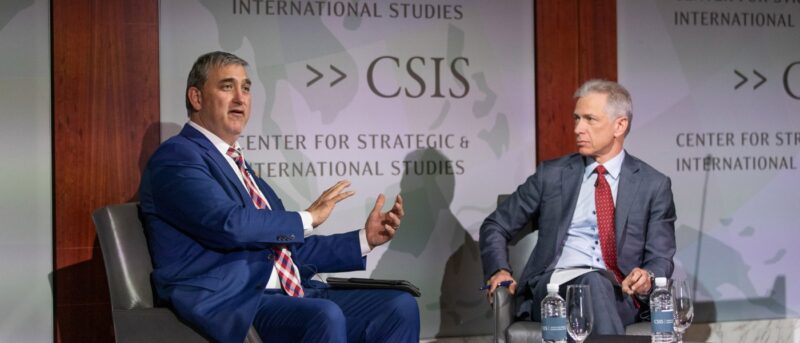Proposed Federal Use of March-in Rights Would Weaken American Innovation

By Sujai Shivakumar and Thomas Howell
The Biden administration is considering exercising something called “march-in rights” as a policy prescription to curb drug prices. But as with any prescription, there is a need to weigh efficacy against the side-effects. In this case, there is evidence that the vast majority of drugs would not be impacted by march-in rights because most of the patents underlying them are not federally-funded. On the other hand, the harm that this policy will inflict on a pillar of the nation’s innovation system will be substantial.
This pillar of the U.S. innovation system, the Bayh-Dole Act of 1980, provides that recipients of federal research funding have the option to retain patents on the inventions arising out of their research. The Act also establishes safeguards to ensure protection from the non-use or unreasonable use of federally funded innovations. One such safeguard, march-in rights, authorizes federal agencies to require the licensee to grant a license to “any responsible entity or entities” when they determine that the inventor is not moving to commercialize the technology, or that action is needed to protect public health or safety.
No federal agency has exercised march-in rights since the enactment of Bayh-Dole in 1980. Earlier in 2023, the National Institutes of Health (NIH) rejected a petition calling on it to take control of patents on the prostate cancer drug Xtandi on the grounds that its price was too high.
In March 2023, the Department of Health and Human Services and the Department of Commerce jointly announced they would “pursue a whole-of-government approach to review its march-in authority” in order to develop a framework which articulates guiding criteria and processes for making determinations “where different factors, including price, may be a consideration in agencies’ assessments.” On December 7, 2023, the White House announced a proposed framework for the federal exercise of march-in rights while the National Institute for Standards and Technology concurrently released a draft of the framework describing a number of ways that federal agencies might consider price as a factor in determining whether to exercise march-in rights.
For decades some members of Congress and some academic observers have argued that federal agencies should make use of march-in rights in cases where a federally-funded innovation was arguably overpriced, particularly in the area of prescription drugs. But in 2002, former Senators Birch Bayh and Bob Dole, the sponsors of the Bayh-Dole Act, stated in an editorial that “Bayh-Dole did not intend that government set prices on resulting products… The law instructs the government to revoke such [patent] licenses only when the private industry collaborator has not successfully commercialized the invention as a product.” The senators’ statement underscores the fact that Bayh-Dole was enacted to spur innovation, not to serve as a price regulation function.
Periodic calls for the exercise of march-in rights do not fully take into account the transformative effect Bayh-Dole has had on U.S. innovation, productivity, and economic growth. In the 1970s the U.S. was beset by an array of economic ills—inflation, high unemployment, stagnant economic growth—that came to be known as “stagflation.” An advisory committee to President Carter concluded that “diminished patent incentive” was playing a role in U.S. economic stagnation, with the erosion of patent protections inhibiting innovation. Other observers agreed, including the “Chicago School” of economists. As a result, a number of policy measures were taken to strengthen the U.S. innovation system, including enactment of Bayh-Dole (1980), changes in U.S. antitrust enforcement policy (1981), the creation of a special U.S. Court of Appeals to hear patent cases (1982), and Supreme Court decisions expanding the scope of patentable subjects, including computer programs and human-developed microorganisms (1980-81).
These measures unleashed a sustained surge in U.S. innovation which has transformed our economy and society, giving rise to entirely new industries. “[M]ost commentators agree that university patenting ‘exploded’ in the U.S. during and after the period in which the Bayh-Dole Act was enacted.” Following the Act’s passage many universities set up or expanded technology transfer offices to enable commercialization of federally funded research.
The Bayh-Dole Act’s impact was particularly pronounced in the nascent field of biotechnology, where the massive transfer of genetic engineering technologies developed in U.S. universities with federal funding “was the real technological foundation for the commercial biotechnology industry,” and ultimately led to the eclipse of Europe’s leadership in the pharmaceutical sector. University-developed medicines and vaccines commercialized pursuant to Bayh-Dole have saved innumerable lives. Both the Pfizer and Moderna vaccines for Covid-19 “evolved, in part, from a University of Pennsylvania breakthrough on messenger RNA that was licensed to the private sector under the Bayh-Dole system.”
American “stagflation” is now a distant memory. Bayh-Dole “fostered university-industry partnerships that helped lift the economy out of the doldrums of the 1970s, re-establishing America’s [technology] leadership.” Between 1997 and 2017, the Act directly led to the creation of over 13,000 start-ups, “supported more than 5.9 million jobs and added over $1.7 trillion to the U.S. gross domestic product from inventions at the nation’s universities.” Looking back at the U.S. experience from the perspective of 2002, The Economist commented that “[P]ossibly the most inspired piece of legislation to be enacted in America over the past half-century was the Bayh-Dole Act of 1980 … more than anything this single policy measure helped to reverse America’s slide into industrial irrelevance.”
The use of march-in rights on the basis of price would put all of this at hazard—a self-inflicted wound of monumental proportions, at a time when the U.S. is seeking to strengthen its innovation ecosystem. The prospect of march-in—which could occur at the discretion of federal officials—will increase the already considerable risks associated with commercialization of university-based research, serving as a deterrent to investment in any technology that results from federally-funded research. While the price of essential drugs is a major policy issue, there are many other policy tools available to address this concern which do not jeopardize the American innovation system.
Sujai Shivakumar is director and senior fellow of the Renewing American Innovation (RAI) Project at the Center for Strategic and International Studies (CSIS). Thomas Howell is an international trade attorney specializing in the semiconductor industry and a consultant with the CSIS Renewing American Innovation Project.
This piece was originally published on December 20th, 2023 with the Renewing American Innovation (RAI) Project at the Center for Strategic and International Studies (CSIS)

Generic Drugs, Property Rights, and the Orange Book

